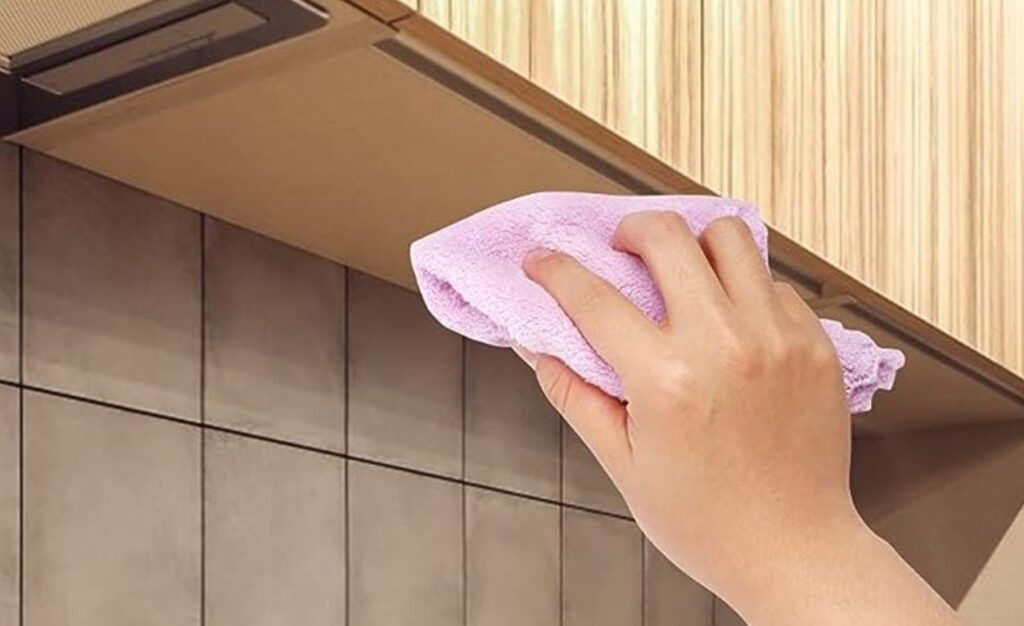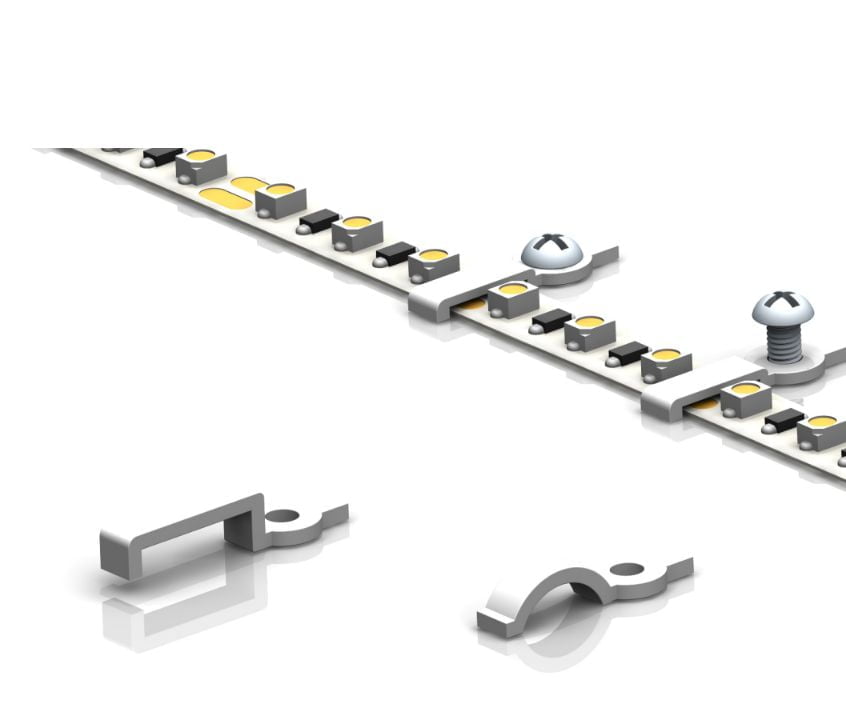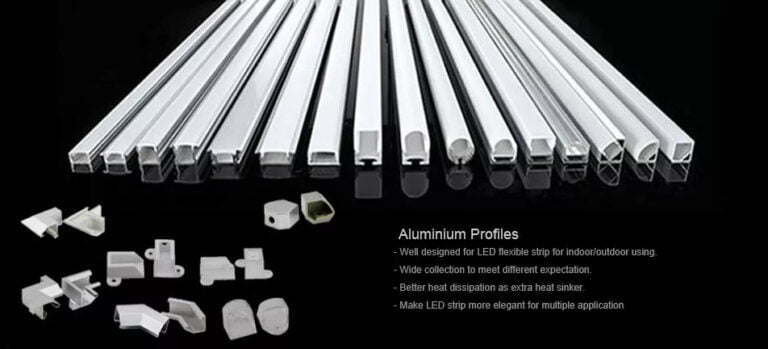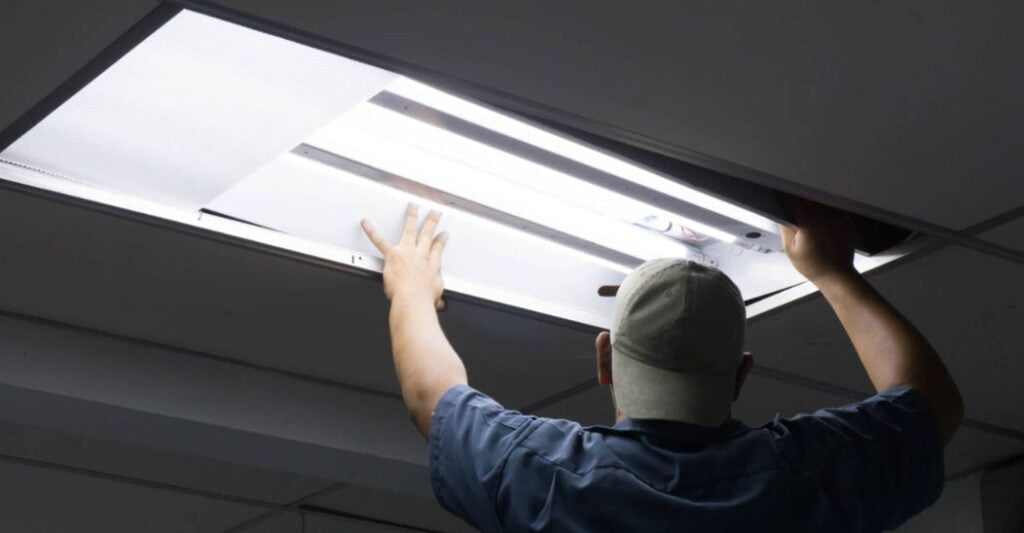12 Common Mistakes to Avoid When Installing LED Strip Lighting
Table of Contents
Avoiding common mistakes when installing LED strip lighting is critical to ensuring a smooth and trouble-free installation process. LED strip lighting is becoming increasingly popular due to its versatility, energy efficiency, and ability to provide amazing lighting effects in various contexts. However, installation may rapidly become frustrating if you don’t have the right information and pay attention to detail.
This post will highlight ten typical mistakes to avoid while installing LED strip lighting. To begin with, understanding the power needs and voltage compatibility is critical to avoiding electrical difficulties and potential LED strip damage. Furthermore, inappropriate placement or preparation can result in substandard illumination outcomes and early failure. Other blunders that threaten the longevity and functioning of your LED strip lighting arrangement include:
- Ignoring adequate insulation.
- We need to fasten the strips correctly.
- Forgetting the need for waterproofing.
Mistake 1: Choosing an Inappropriate LED Strip Lighting Variant
The most common first blunder during LED strip lighting installation is the selection of an incompatible strip variation. With so many LED strip lighting alternatives to pick from, each with its own features and specs, it is critical to select the strip that best meets your lighting needs carefully. Before deciding, consider issues such as indoor or outdoor usage, desired brightness levels, and chosen color temperature.
Mistake 2: Inadequate Selection of Power Supply for LED Strip Lighting
The use of an incompatible power source is a common blunder made during the installation of LED strip lighting. It is critical to carefully select a power source capable of meeting the exact voltage and wattage needs of the LED strip lights. Failure to do so jeopardizes the lighting system’s effective operation and exposes the installation to potential damage and safety threats.

Care must be taken to ensure compliance with the lights’ electrical requirements when choosing a power source for LED strip lighting. By carefully examining the voltage and wattage parameters of both the LED strips and the power supply, one can avoid negative repercussions such as system failure, reduced light lifespan, and the danger of electrical accidents.
Mistake 3: Neglecting Surface Preparation Before LED Strip Installation
Before installing LED strips, the surface must be thoroughly cleaned and prepared. Please do so to avoid various complications, including issues with adhesion and peeling and damage to the LED strips themselves. It is essential to ensure that the surface is clean and devoid of any dirt, dust, or other particles of debris that can prevent the adhesive from bonding correctly. In addition, applying a primer or some other solution for surface preparation can improve adhesion and ensure that the installation will persist for a long time.

Mistake 4: Overlooking the Importance of Using Proper Connectors
To ensure optimal performance of your LED strip lighting, the utilization of suitable connectors is paramount. During installation, it is crucial to employ connectors specifically designed for LED strip lights, as they provide accurate and secure connections.

Neglecting to use proper connectors can lead to various issues, such as unreliable electrical connections, flickering lights, or even complete failure of the LED strip lighting system. By disregarding the significance of appropriate connectors, the risk of loose connections and subsequent interruptions in power flow increases, compromising the overall performance and longevity of the lighting installation.
Mistake 5: Inaccurate Measurement
Precision measurements are required to ensure a flawless fit of your LED strip lighting within the allotted space. Errors during the measuring procedure are common, so it’s important to double-check measurements thoroughly before cutting the LED strip lights.
Failure to obtain exact measurements can result in incorrectly sized LED strip lights, causing installation issues, reduced aesthetics, or even the need for rework. By underestimating or overestimating the needed length, the intended lighting design may fall short of expectations or fail to cover the specified area adequately.
Mistake 6: Improper Cutting of LED Strip Lighting
The improper cutting of LED strips can harm the lighting system, leading to potential damage and compromised performance. It is crucial to adhere to the designated cut points when trimming LED strips to prevent such issues from arising.

Cutting LED strips at the wrong locations or disregarding the specified cut points can result in irreversible damage to the circuitry, causing functionality issues or complete failure of the affected segments. Furthermore, improper cutting may disrupt the electrical connections and introduce brightness or color uniformity inconsistencies along the strip.
Mistake 7: Improper Mounting of LED Strip Lighting
Ensuring proper mounting of your LED strip lighting is crucial for optimal performance and long-term functionality. It is essential to employ the correct adhesive or mounting brackets specifically designed for LED strip lights and ensure their secure attachment.

Inadequate mounting can lead to issues such as poor heat dissipation, unreliable adhesion, and premature detachment of the LED strips. Improperly secured strips may sag, bend, or fall off over time, compromising the lighting installation’s aesthetics and functionality. Additionally, inadequate mounting can impede proper airflow, potentially resulting in overheating and reduced lifespan of the LED strips.
Mistake 8: Neglecting Environmental Factors
It is imperative that while installing LED strip lighting, consideration be given to the environment in which the lights will be utilized. Choose the right kind of strip lighting for the circumstances, such as waterproof LED strips if you use them outside or in a humid area.

Mistake 10: Ignoring Dimming and Control Options
The failure to consider the various dimming and control options for your LED strip lighting. You may significantly improve the adaptability and functionality of your lighting system by including a dimming capability or selecting a strip lighting arrangement that comes with integrated controls. Both of these options are available to you.

Mistake 11: Sacrificing Quality Accessories
Opting for top-notch accessories is a crucial investment in the longevity and efficiency of your LED strip lighting. Skimping on quality to cut costs might seem tempting, but it can result in subpar performance and even pose safety hazards. Choose high-quality power supplies, connectors, and mounting brackets to ensure the best outcome for your lighting setup. Don’t let the allure of a cheaper alternative compromise the performance and safety of your LED strip lighting installation.

Mistake 12: Neglecting to Seek Professional Assistance When Needed
When in doubt about any aspect of your LED strip lighting setup, don’t hesitate to seek the guidance of a professional. A certified electrician or lighting specialist can offer valuable insights and guarantee that your installation is secure and optimized. Instead of taking on the project alone, consulting with an expert for reassurance and peace of mind is always best. Remember, safety and efficiency should always be the top priority for your LED strip lighting.

Final Words
It is important to consider the installation location and the surroundings when deciding on suitable connectors and accessories for your strip lighting. Don’t be shy about seeking expert advice if you want to make sure your lighting solution is both secure and effective. When it comes to LED strip lights, go no further than MyLiKeLED, a top Chinese producer. If you need help deciding which lighting option is best for your project, don’t hesitate to reach out to the professionals at MyLiKeLED.
FAQs
Yes, cleaning the surface before installing LED strip lighting is essential. A dirty or dusty surface can prevent the adhesive backing from sticking properly.
Yes, sharp bends can damage LED strip lighting by breaking internal circuits. Always bend the strip gently as per the manufacturer’s instructions.
Yes, using an aluminum channel for LED strip lighting improves heat dissipation and extends the strip’s lifespan.
You can connect multiple LED strip lights, but long runs can cause voltage drop. Use amplifiers or multiple power supplies to avoid brightness issues.
Calculating the power requirements for LED strip lighting ensures you choose the right power supply and avoid overheating or flickering.
Yes, always test LED strip lighting before installation to confirm proper function, color, and brightness.
No, indoor LED strip lighting should not be used outdoors. Use waterproof LED strips with proper IP ratings for outdoor applications.

Hi, I’m Xylia Xiong, a sales professional with 14 years of experience in the LED strip light industry. I specialize in providing tailored solutions, leveraging my expertise in LED products and the latest industry trends. Known for effective communication and problem-solving, I’m dedicated to helping lighting manufacturers, importers, and distributors achieve their goals.
Let’s work together to create customized solutions that exceed expectations.
Related Posts

The Best LED Strip Lights You Can Buy Right Now

Comparing WS2811 Vs WS2812B: Key Differences


